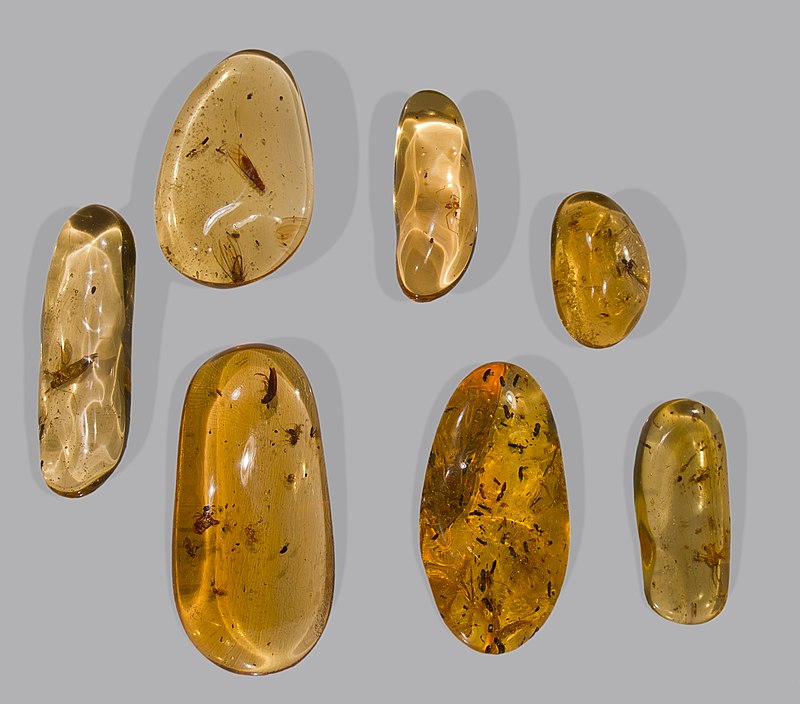 An anthropologist and a historian examine the development of the cult of Santa Muerte (Holy Death) in this article, “Syncretic Santa Muerte: Holy Death and Religious Bricolage,” which currently is a free download.
An anthropologist and a historian examine the development of the cult of Santa Muerte (Holy Death) in this article, “Syncretic Santa Muerte: Holy Death and Religious Bricolage,” which currently is a free download.
“Bricolage” is a term beloved by scholars of new religious movements. It means building something with available materials in a do-it-yourself fashion — a little of this and a little of that. For its history in academic writing, see Wikipedia.
The authors write,
Firstly, taking an ethno-archaeological, anthropological and historical viewpoint, we argue that Santa Muerte accreted from the meeting of two distinct conceptions of death during the colonial era, when Spanish colonizers brought Christianity to Latin America to convert Indigenous people, and with it the figure of the Grim Reaper which represented death. . . .
Through further religious bricolage in the post-colony, we describe how as the new religious movement rapidly expanded it integrated elements of other religious traditions, namely Afro-Cuban Santeria and Palo Mayombe, New Age beliefs and practices, and even Wicca. In contrast to much of the Eurocentric scholarship on Santa Muerte, we posit that both the Skeleton Saint’s origins and contemporary devotional framework cannot be comprehended without considering the significant influence of Indigenous death deities who formed part of holistic ontologies that starkly contrasted with the dualistic absolutism of European Catholicism in which life and death were viewed as stark polarities
The nearest supermarket has candles for Our Lady of Guadalupe, Santo Niño de Atocha, etc., but no Santa Muerte. I wonder how long it will take before “our distributor” (they blame everything on “our distributor”) has them in stock.









